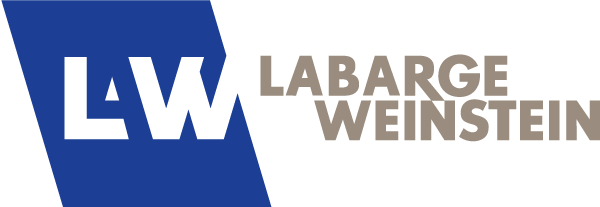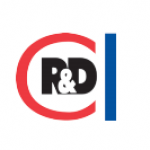Recent Changes to Prospectus Exemptions
On May 5, 2015, important changes to securities laws came into effect, affecting companies and selling security holders that wish to raise capital in reliance of certain exemptions to the general prospectus requirement. The amendments primarily address the accredited investor prospectus exemption, a “family friends and business associates” prospectus exemption in Ontario and the minimum amount investment prospectus exemption, alongside new verification and record-keeping requirements.
Changes to Accredited Investor Exemption
The intent of the amendments to the accredited investor exemption is to enhance investor protection by addressing concerns that some individual investors may not understand the risks involved in investing under the accredited investor exemption or may not actually qualify as accredited investors. Accordingly, accredited investors who are individuals must now complete and sign a risk acknowledgement form, which includes information about the categories of accredited investors and the accredited investor’s acknowledgement of risks related to purchasing securities distributed in the exempt market. Individual accredited investors who are permitted clients (i.e. who have net financial assets with an aggregate realizable value in excess of $5 million, being a new category of accredited investor) are exempt from the requirement to deliver the risk acknowledgement form.
New Friends, Family and Business Associates Exemption in Ontario
Ontario has adopted a new family, friends and business associates exemption, which is similar to the existing exemption in other provinces. It can apply to distributions to directors, executive officers, control persons and founders of the issuer, as well as family members, close personal friends and close business associates of those individuals. Generally, a relationship that is primarily founded online will not satisfy the requirements of this exemption.
In order to distribute securities under this exemption, the company has the onus of establishing and proving that a close personal relationship exists. In addition, the company must obtain a form signed by the purchaser, with the purchaser’s acknowledgement of risks associated with purchasing securities distributed in the exempt market.
Requirement for Companies to Take Proactive Steps to Verify Investor Status
The amendments underscore that companies and selling security holders may need to undertake enhanced due diligence to ascertain the status of a given purchaser and that, depending on the circumstances, relying on a signed risk acknowledgment form or representation in a certificate or subscription agreement may no longer be sufficient.
Although the analysis of whether certain steps are reasonable will depend on the particular facts and circumstances of the purchaser, the offering and the exemption, examples of verification methods for the accredited investor exemption may include the company asking the purchaser questions about the purchaser’s net income, financial assets, or net assets, or asking the purchaser to provide the company with documentation that independently confirms the purchaser’s financial status. If the exemption is based on the existence of a relationship between the purchaser and a principal of the company, the company should verify that relationship by asking questions to both the purchaser and the principal of the company regarding the details of their relationship.
Companies should also implement documentation practices and other procedures that record the verification steps taken by the company. This may include requiring the purchaser to sign certain documents prior to the distribution. The company should also take steps to confirm that the purchaser understands the eligibility requirements of the exemption being relied upon, and the meaning of what the purchaser is signing or initialing. If the seller has any reservations about whether the purchaser qualifies under the exemption, the seller should not sell securities to the purchaser in reliance on that exemption. Finally, companies should retain records relating to the exemptions for eight years.
Changes to Minimum Amount Exemption
Previously, the prospectus requirement did not apply to a distribution of securities if a purchaser of the securities paid at least $150,000 at the time of the distribution. The minimum amount exemption is no longer available for individual investors, because of the concern that the threshold of $150,000 may not be a proxy for sophistication or ability to withstand financial loss and may encourage over-concentration in one investment.
The foregoing should be viewed as an overview of the changes. Other changes, not discussed here, may be applicable to your company. Should you have any questions, please contact us, and we would be pleased to assist with your company’s legal needs.



